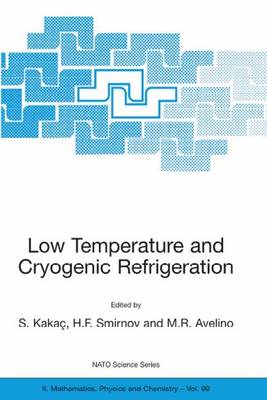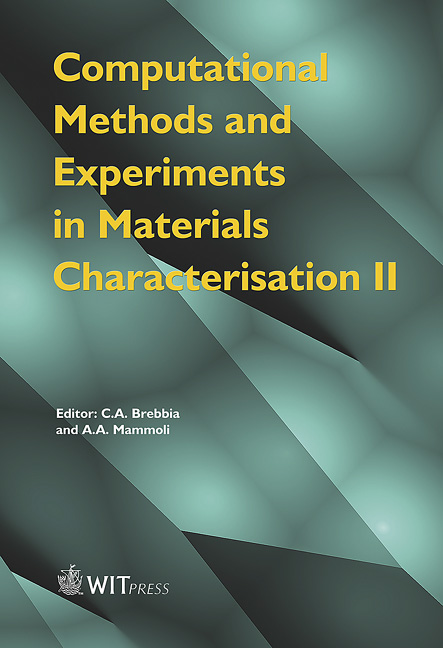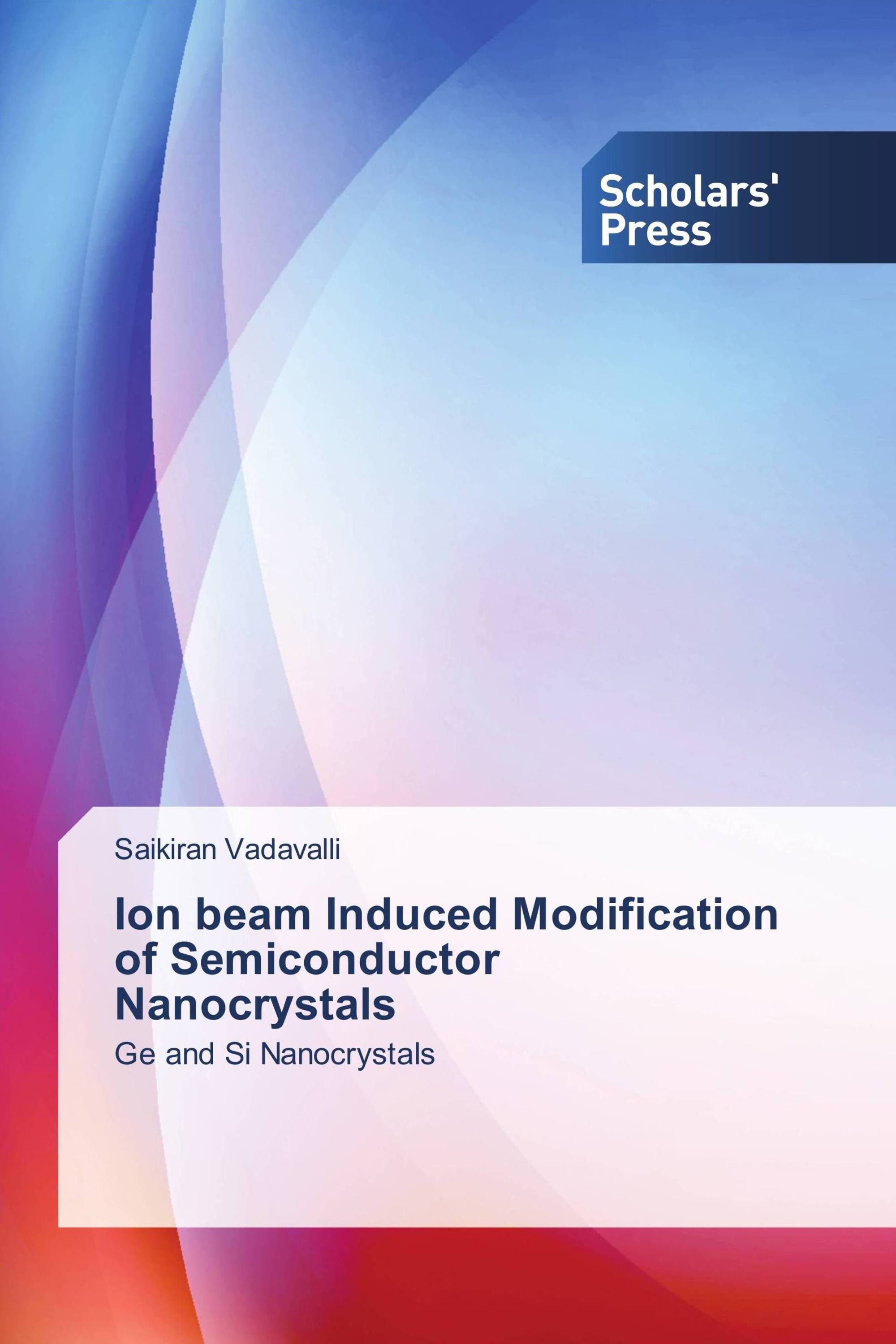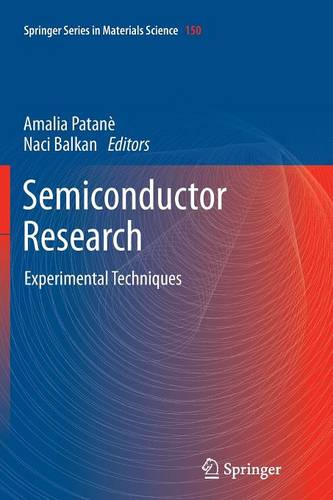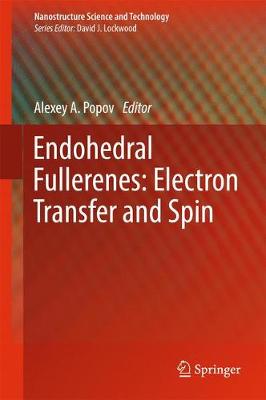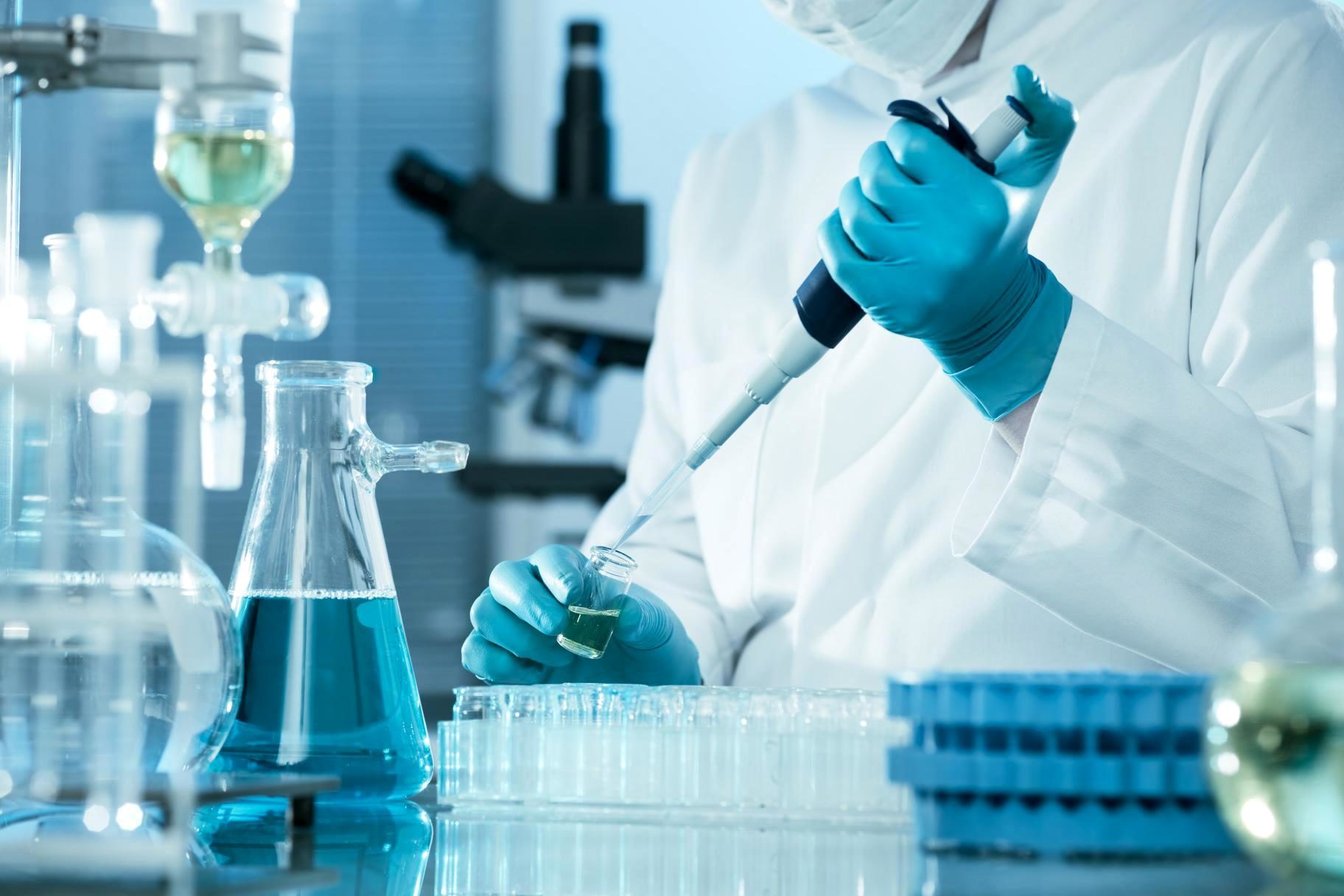Materials Characterization Techniques
Data: 4.09.2017 / Rating: 4.8 / Views: 906Gallery of Video:
Gallery of Images:
Materials Characterization Techniques
MSE 104 Materials Characterization. Provide basic descriptions of a range of common characterization methods for the determination of the structure and. Optical methods for materials characterization 9. The transmission, and reflection of light as a function of the incident photon energy. The scope of the term often differs; some definitions limit the term's use to techniques which study the microscopic structure and properties of materials, while others use the term to refer to any materials analysis process including macroscopic techniques such as mechanical testing, thermal analysis and density calculation. What are the five methods of characterization in. Examines chromatographic methods; Summary. Experts must be able to analyze and distinguish all materials, or combinations of materials, in use todaywhether they be metals, ceramics, polymers, semiconductors, or composites. Materials Characterization: Introduction to Microscopic and courses on materials characterization, Characterization Techniques for. Online shopping from a great selection at Books Store. The Materials Characterization Lab has a wide variety of characterization techniques in the areas of Microscopy, Spectroscopy, and Macroscopic techniques which help to increase the different degrees of understanding why different. Features Highlights methods of characterizing material properties at nano, micro, and macro levels Gives a comprehensive stateoftheart treatment to. An important aspect of materials science is the characterization of the materials that we use or study in order to learn more about them. Today, there is a vast array of scientific techniques available to the materials scientist that enables this characterization. Call EAGs materials characterization experts for thin film analysis, depth profiling, crystallinity, morphology supporting research and problemsolving. How can the answer be improved. and practical aspects of the structure and behaviour of materials. The Journal focuses on all characterization techniques. com: Materials Characterization Techniques ( ): Sam Zhang, Lin Li, Ashok Kumar: Books 5 Methods of Characterization (with Pictures) eHow Material Characterization Chapter 21 pp. , Information needed about the structure and composition (surface and bulk) of materials: microscopic and. 3 Samples must be UHV compatible, and of appropriate size to fit into an Auger system. Insulators may chargeup under the electron beam. Laboratory Analytical Techniques. particle size techniques, physical characterization, physicochemical methods, A diversity of materials and products are. Copyright by John Wiley and Sons, Inc. Experts must be able to analyze and distinguish all materials, or combinations of materials, in use todaywhether they be metals, ceramics, polymers, semiconductors. What are the four methods of characterization? com Characterization techniques for materials properties measurement 291 Dielectric materials, that is, insulators, possess a number of important electrical properties The Materials Characterization Lab has a wide variety of characterization techniques in the areas of Microscopy, Spectroscopy, and Macroscopic techniques which help to increase the different degrees of understanding why different materials show different properties and behaviours. An International Journal on Materials Structure and Behavior The Journal focuses on all characterization techniques, including all forms of microscopy (light. Materials Characterization features original articles and stateoftheart reviews on theoretical and practical aspects of the structure and
Related Images:
- ITextinActionsecondedition
- Cybercrime Digital Cops in a Networked Environment
- Farm mania 4 full version free
- Arcgis Tutorial Data For Desktop 102pdf
- Ripped year 2014
- Plastic Bags Should be Bannedpdf
- Fourier Series W W Rogosinski
- Aggressive Tax Avoidance for Real Estate Investors
- Neil Diamond Live On Tour
- Libro fol edebe pdf
- The Judgment
- La chambre des officiersfb2
- Autopsy3digitalforensicstraining
- Mision y Vision Emprendiendo Con Sentido y Rumbo
- Tamilnadu payana katturaigal
- VA Bend It Like Beckham
- Manual Urgente Para Radialistas Apaixonados
- Pdf To Epub
- Dieudonne mur
- Mistresses Season 1 Torrent
- Boxshot 4 ultimate crack
- Lg 32ld450 32ld450 Ua Lcd Tv Service Manual Download
- Download Risky Business in dual audio
- Everything Everything
- 02 Avalon How To Remove Instrument Cluster
- Tp Link ethernet controller Driver Windows XPzip
- Princeton Review Manuals For The Gre
- Lenovo Thinkvision drivers Windows 7zip
- Newnes Engineering Science Pocket Books
- Il gene egoistadoc
- English G 21 A3 Workbook Loesungen Kostenlos
- Le pleurerrire
- Tembo By H P Oliver
- La spiritualita di san Giuseppe Cottolengopdf
- Adb Driver for Xperia Z3zip
- Manual De Laboratorio De Fisica 2 Utesa
- Shaar ruach hakodesh pdf
- Dogs in books
- Populism Margaret Canovan Pdf
- Prarthana mp3 hindi music download
- Materials Characterization Techniques
- The Fringe Online Subtitrat
- Cocktail movie hot scenes of hollywood
- Download directx 12 from cnet 64 bit free
- Jvc Hard Disk Camcorder Everio 20gb Manual
- About Homelessness By Readworks Answer Sheet
- La folle rencontre de Flora et Maxpdf
- Changing places dominoes starter
- Voodoo Dreams A Novel of Marie Laveau
- Pulsonix 9 Crack
- A Childrens History Of India
- Homosexuality Nature vs Nurturepdf
- Regole del giocopdf
- Asus A7v8xMX drivers Windows XPzip
- ATI Radeon 6310 Linux Driverzip
- The quest for identity amitav acharya
- Lenovo gobi 3000 drivers for windows 8 64
- Business plan for real estate development
- Preguntas Para Dar Examen Para Sacar Licencia
- Manuale dellostetrica di Mylestorrent
- The Art of Magic The Gathering Kaladesh
- Orange Is The New Black Season 1 Complete
- Mahishasura mardini stotram mp3 free bombay sisters
- Introduccionalahistoriadelartepdf
- Exq inherentvice mkv
- Indirect characterization examples from books
- Sof hawaii s07e12 mkv
- Section 3 Napoleon Forges An Empire Answers
- UnlimitedBooks Economics 11th Edition
- Acer Aspire E1522 Webcam Firmware updateszip





